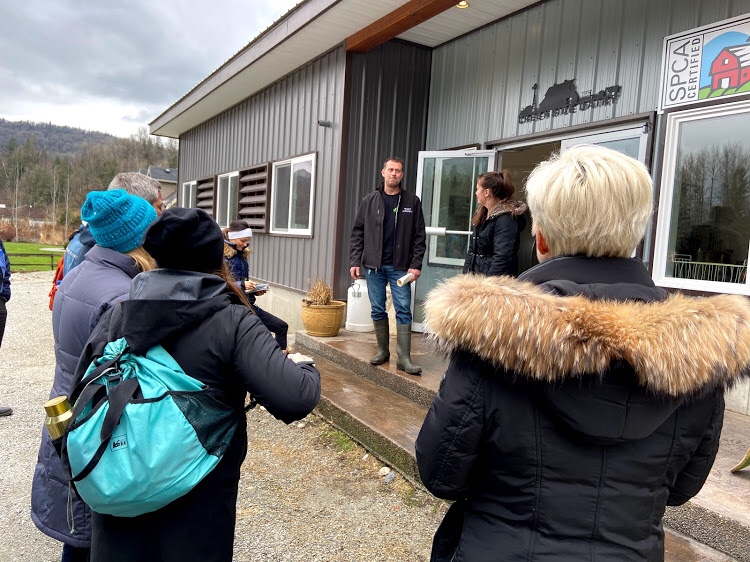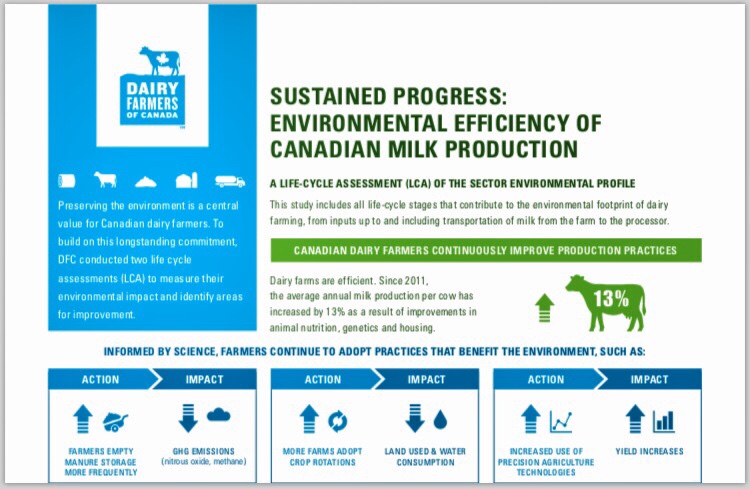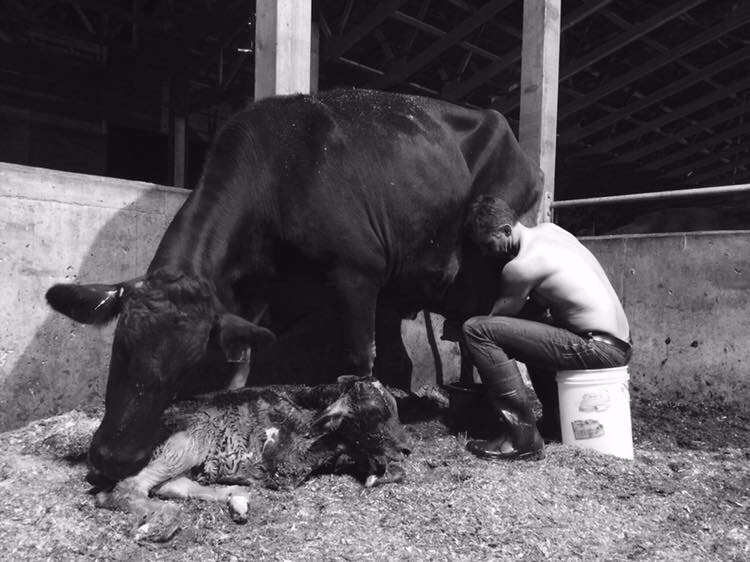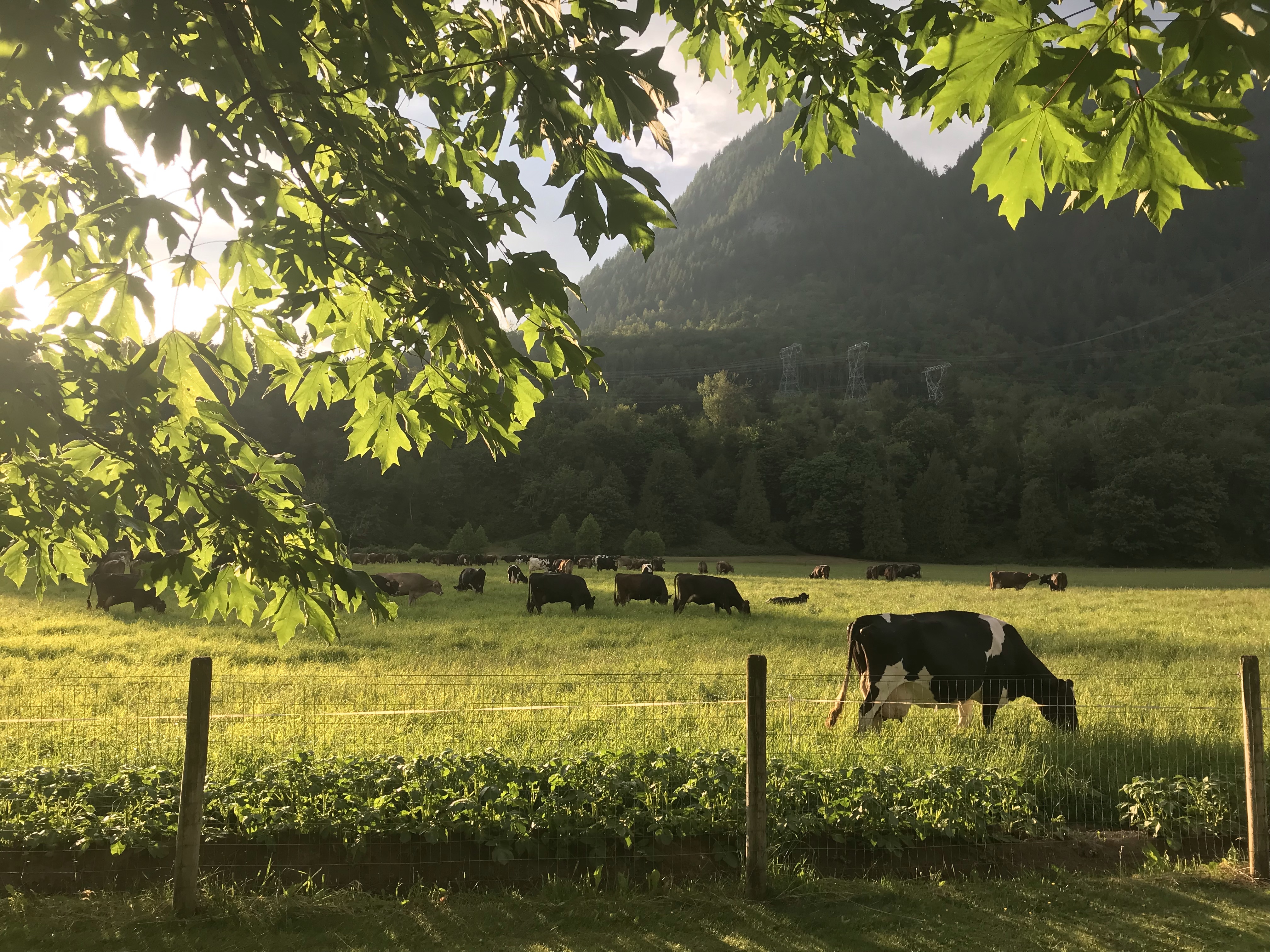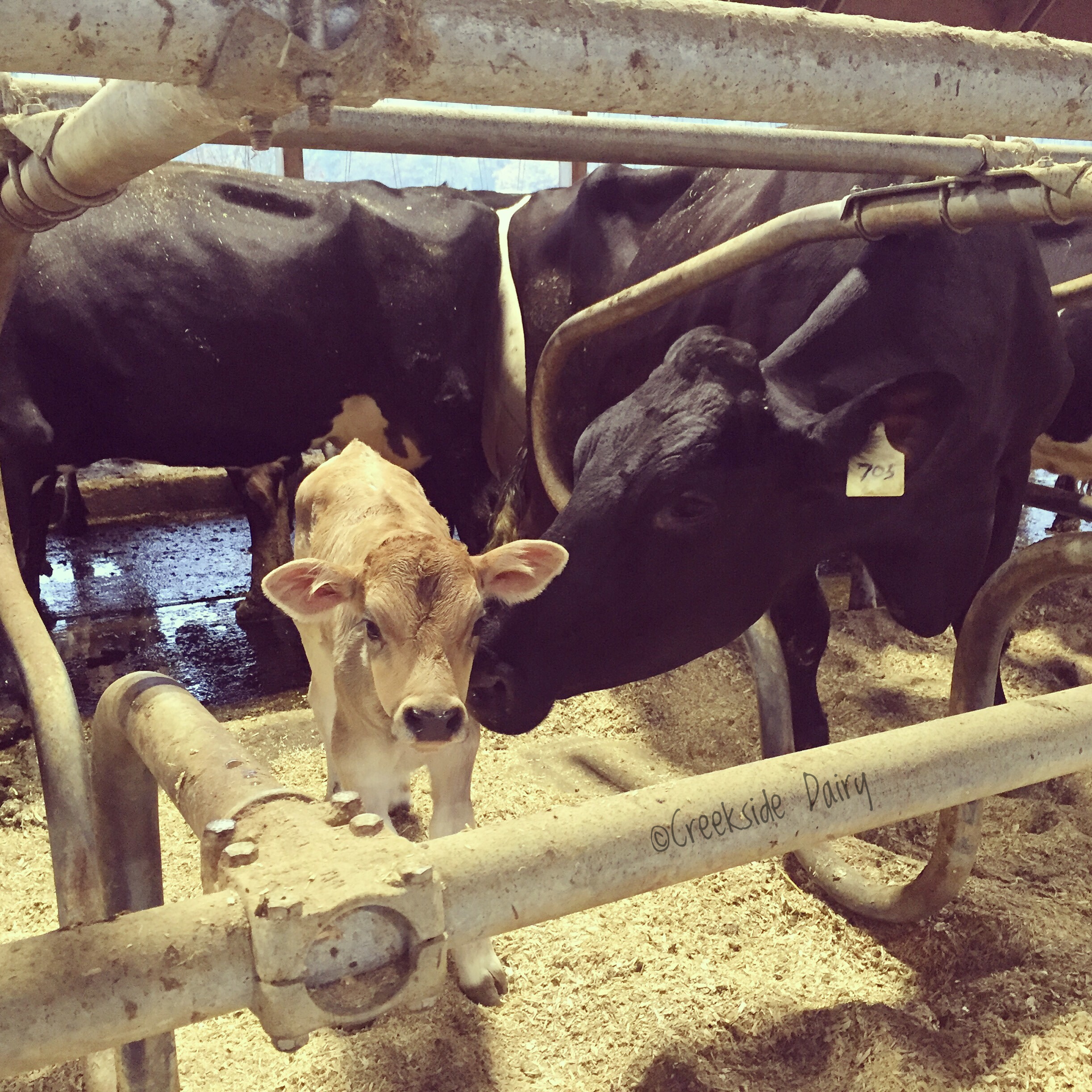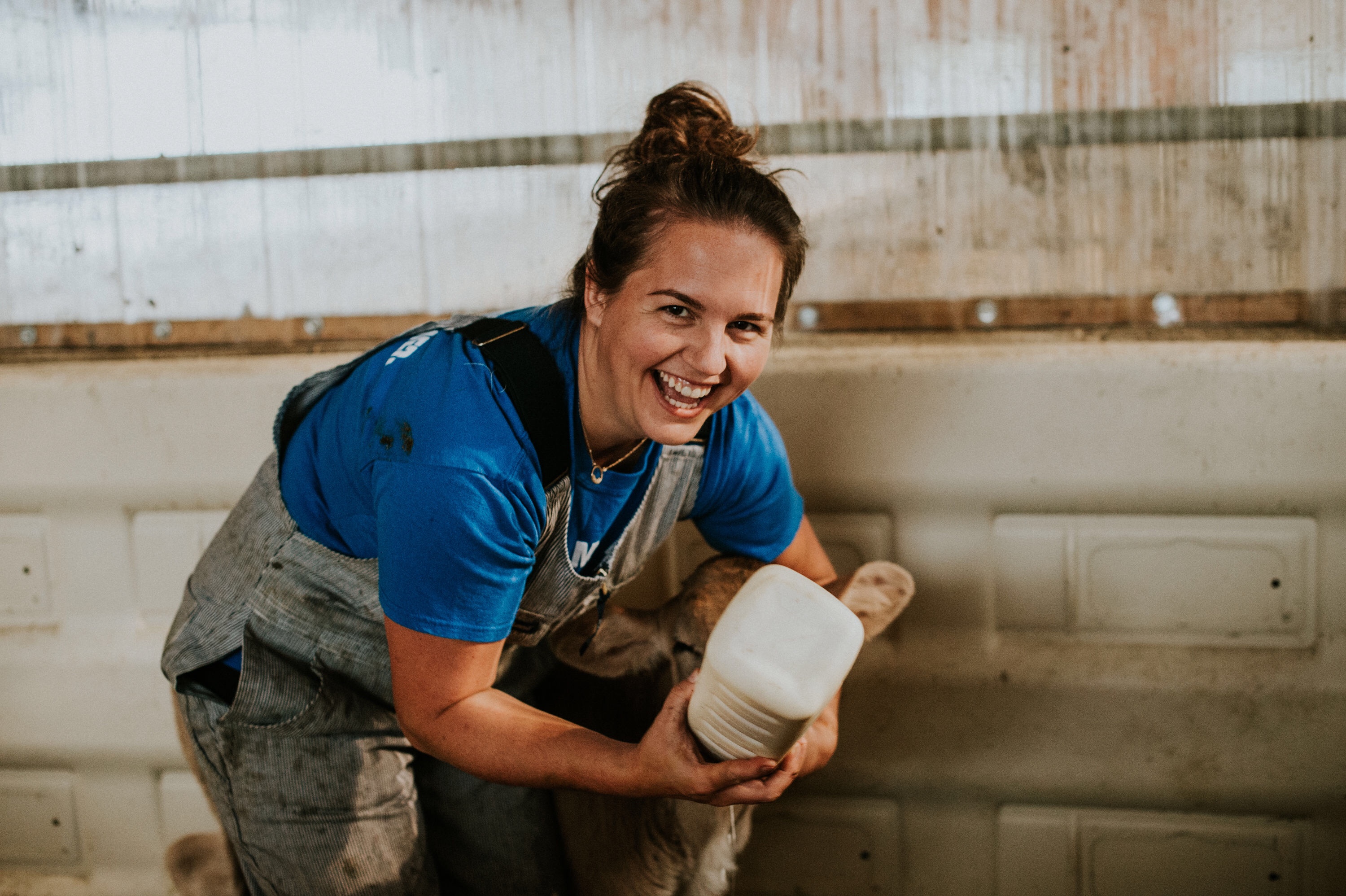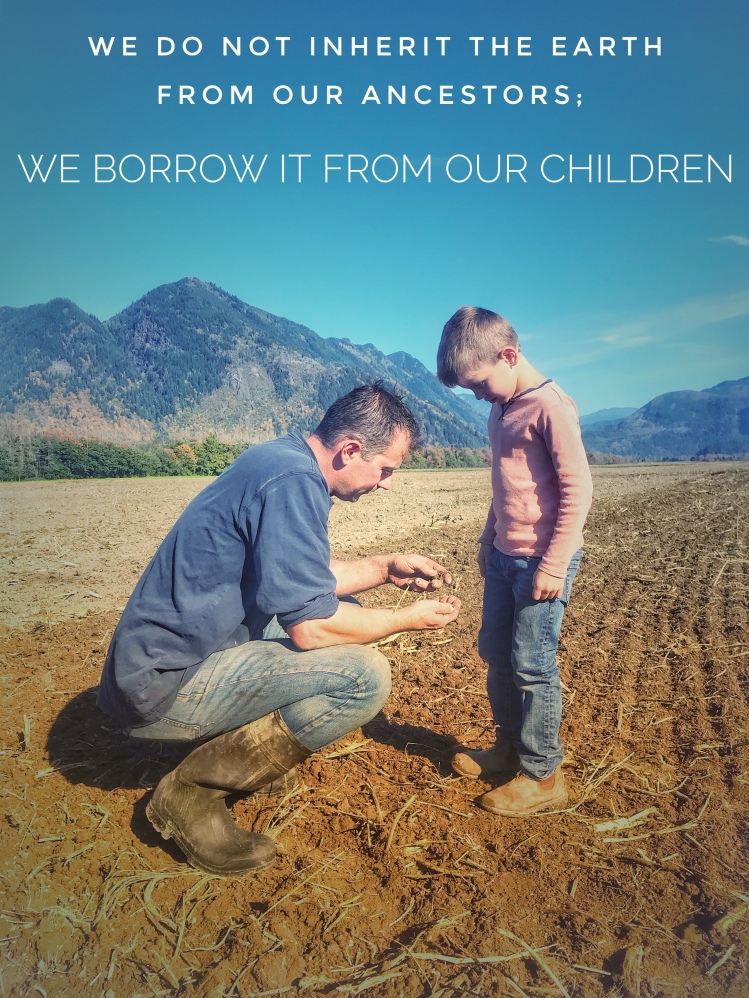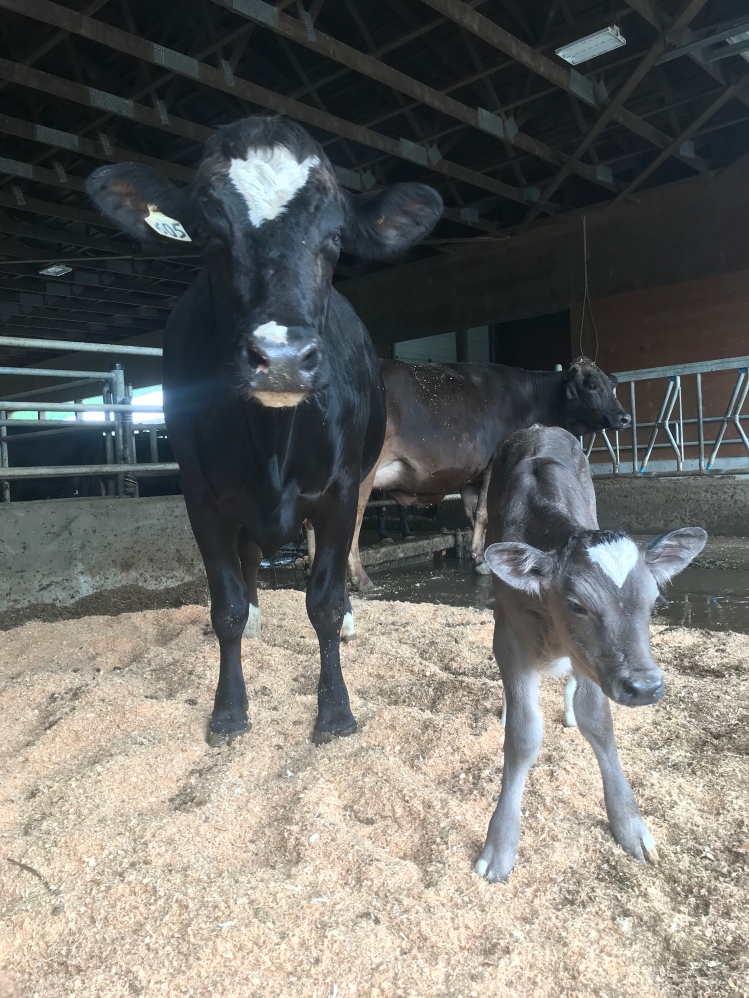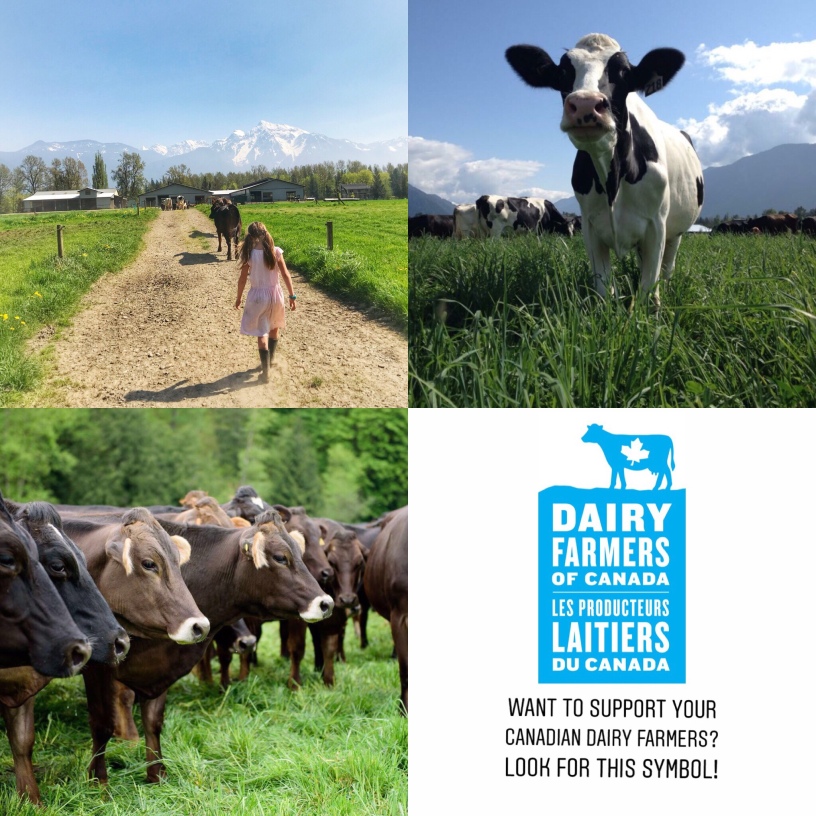Farmers farm because they love animals. We are no different: yes, our cows provide us with our income, but we also immensely enjoy working with them, caring for them, and meeting their every need. Because we love our animals, we are also intensely interested in ensuring that we are doing our job properly – we want to be absolutely certain that our animals thrive and are in optimal condition. That’s why we’re always eager to hear what experts think of our herd, be it our veterinarian, nutritionist, or a cattle classifier.
Yesterday, we hosted Holstein Canada classifier Morgan on the farm for a socially-distanced animal welfare assessment. This assessment is part of the ProAction Initiative, a mandatory program for Canadian dairy farms that requires compliance in a number of important categories: food safety, milk quality, animal welfare, biosecurity, traceability, and environmental sustainability. As Canadian dairy farmers, we’re immensely proud of this program that demonstrates to consumers and other interested parties that our farmers are regularly inspected and required to adhere to strict standards of quality, safety, and animal welfare. It shows that we don’t just talk the talk, we also walk the walk when it comes to how we care for our land and animals. ProAction is tangible proof that Canadian dairy farmers are held to some very stringent requirements and that our farms are happy, safe, and comfortable homes for our cows.
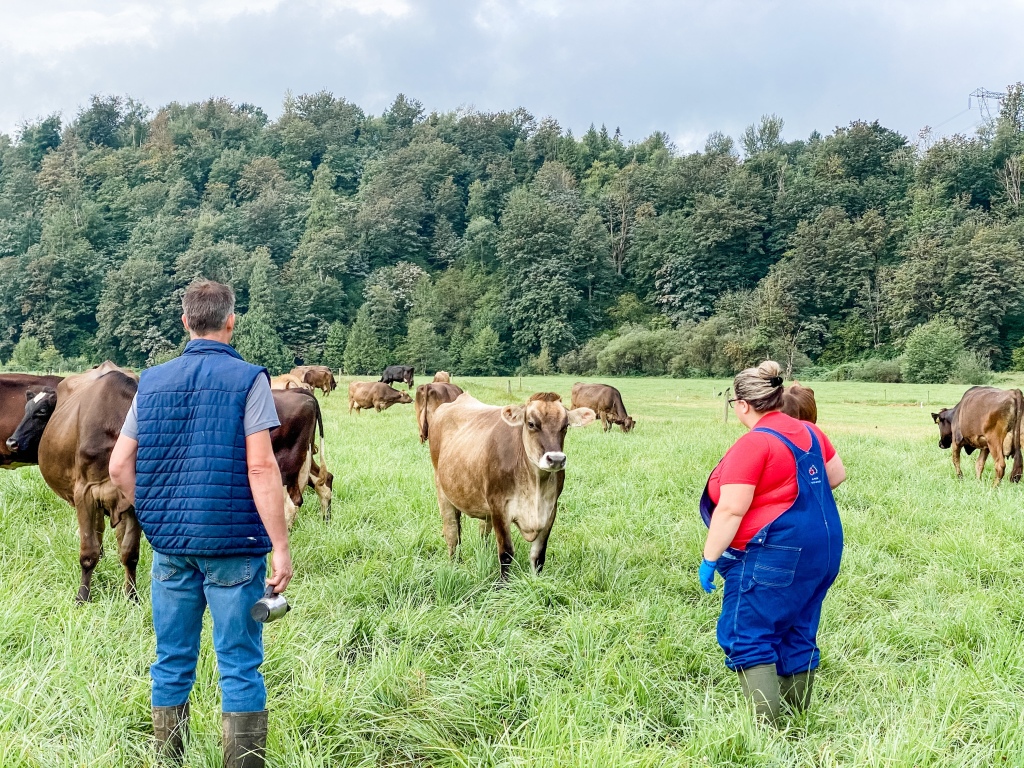
Morgan closely examined our herd for hock, knee and neck injuries, body condition, and lameness. The cows really seemed to enjoy the attention and crowded around Morgan, watching her every move very curiously. They behaved so nicely for her, making her job quite easy, and we’re proud to report that our herd scored very well – well above the benchmarks in all categories. This was not unexpected but it’s always nice to have third party recognition of the quality of care we provide to our cows.

No matter which brand of milk you purchase in your local grocery store, it will come from a farm that has been audited by a third party to ensure animal welfare benchmarks are met. All Canadian dairy cows are inspected for signs of neglect or abuse under our ProAction program, and you can be absolutely confident that the milk and other dairy products you purchase for your family are produced by happy, healthy, well cared for cows. Isn’t that a great feeling? Dairy farmers are consumers too, and I love knowing that the ice cream, cheese, butter, and cream that I purchase to feed my family is produced on farms that have met some of the most stringent safety, quality, and animal welfare standards in the world. That’s Canadian dairy, and we’re so proud of our products! ❤️ 🇨🇦 🥛





